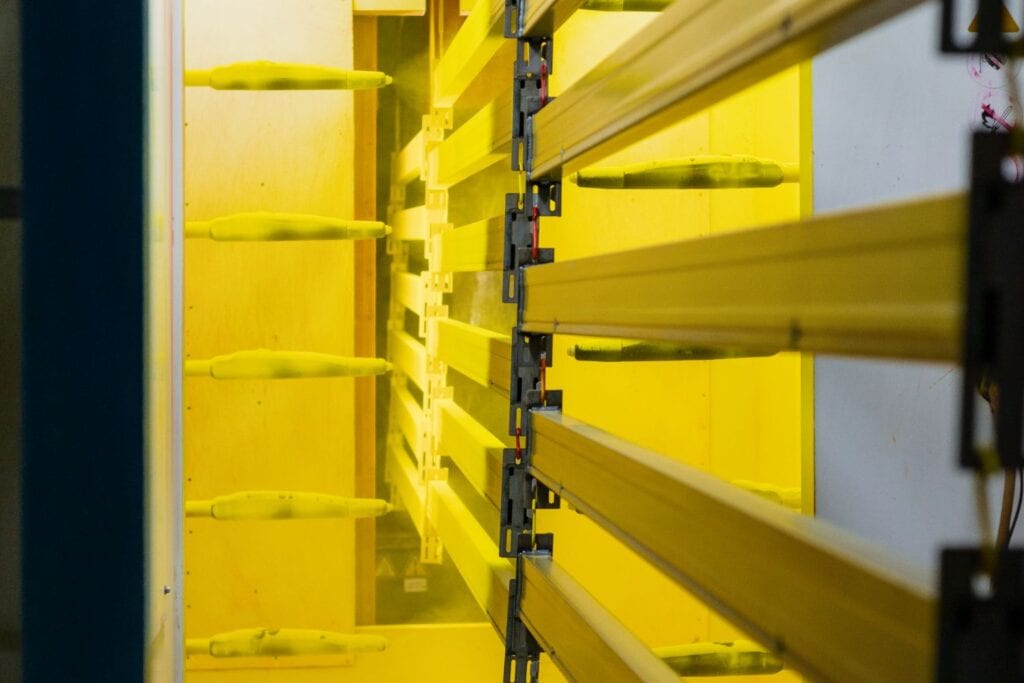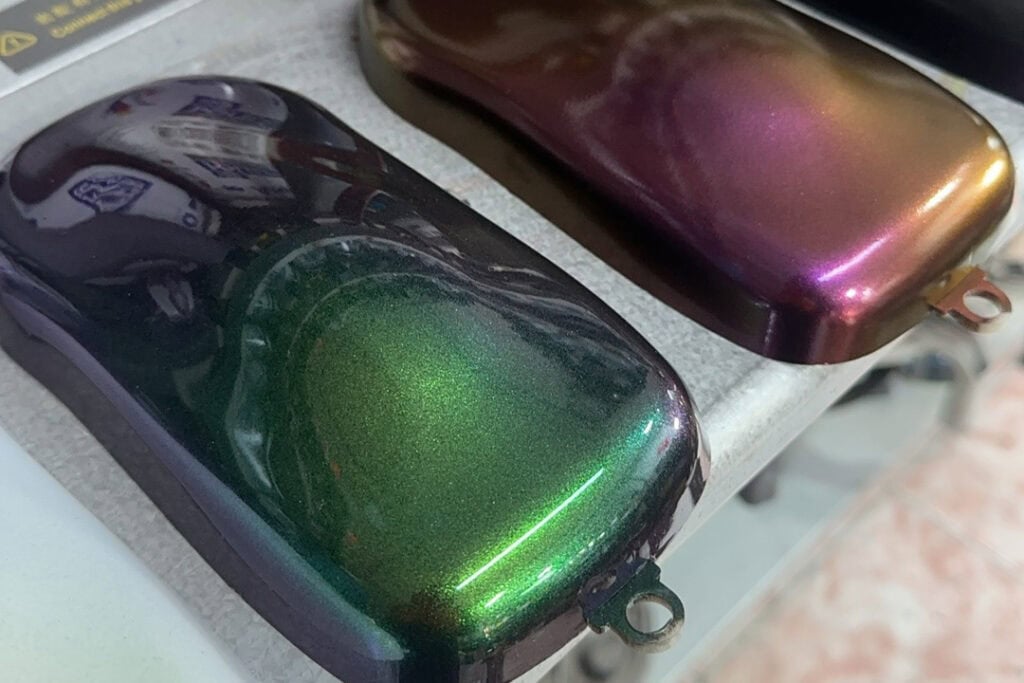Photoluminescent pigment, often referred to as glow in the dark pigment, has captured the imagination of both industries and consumers. This remarkable material boasts the unique ability to absorb visible light and then re-emit it in darker surroundings, producing that captivating glow we often see in certain toys, safety signs, stair nosings and various decorative items. But what is this pigment, and how does it work? Let’s delve into the fascinating world of photoluminescent pigment.
A Brief History of Photoluminescence
The idea of photoluminescence dates back centuries. Ancient Chinese scriptures recorded the self-luminous characteristics evident in natural organisms, such as fireflies. By 1669, Hennig Brand had isolated phosphorus, marking a milestone in the understanding of photoluminescence. Yet, the initial self-luminous products were crafted from radium, a highly radioactive material. This prompted the scientific community to search for safer alternatives, leading them to the rich strontium ores discovered by Adair Crawford in the late 18th century.
Strontium Aluminate: A Modern Marvel
Today, strontium aluminate stands as the backbone of most photoluminescent pigments. This compound, unveiled when Adair Crawford stumbled upon strontium ores in Scotland’s lead mines, surpasses its predecessor, zinc sulfide. Strontium aluminate is celebrated for its enhanced efficiency, promising up to ten times the brightness and extended glow duration. Environmentally sound, non-toxic, and consistently reliable, it has become the staple material for today’s photoluminescent products.
Pioneers like Glowinking has harnessed the prowess of strontium aluminate. Glowinking’s variants, for instance, proudly flaunt a luminosity that’s tenfold brighter and longer-lasting than traditional Zinc Sulfide photoluminescent counterparts.
Applications of Photoluminescent Pigment
The applications of photoluminescent pigment have seen expansive growth:
- Safety Signage: Emergency exits, fire safety indicators, and crucial building markers incorporate photoluminescent pigments to ensure they remain visible even in the dark, especially during power outages or in smoky conditions.
- Building and Architectural Uses: Vinyl tapes, rigid sheets, and stair nosings are being increasingly treated with photoluminescent pigments to aid in navigation during low light or emergency situations. These additions not only enhance safety but also add an aesthetic appeal to infrastructural elements.
- Consumer Goods: From toys to decorations and clothing, a host of items now include this pigment for that mesmerizing glow-in-the-dark appeal.
- Art and Design: Artists and designers infuse photoluminescent pigment in paints and inks, creating artworks that morph based on light exposure.
- Industrial Applications: In sectors spanning communication, transportation, and military facilities, this pigment has diverse uses, ranging from equipment markings to avant-garde design elements.
Beyond the Radiance
Photoluminescent pigment, especially those formulated with strontium aluminate, isn’t solely about the visual allure. With its eco-friendly disposition and pivotal role in safety, it exemplifies the perfect blend of form and function. The rise in products leveraging this pigment underscores its vast potential and commitment to an eco-conscious world.
In wrapping up, when something catches your eye as it glows in the obscurity, ponder over the intriguing science and history propelling it. The journey of photoluminescent pigment is a testament to mankind’s perpetual quest for innovation, aiming for a brighter and safer tomorrow – quite literally!









